Nestled in a valley shadowed by mountains in Iraqi Kurdistan sits an ancient fortress that archeologists think may be the lost, royal city of Natounia, based on the discovery of intricately carved rock reliefs depicting an ancient leader, a new study finds.
The stronghold, known as Rabana-Merquly, was once part of the Parthian Empire (also known as the Arsacid Empire), which reigned(opens in new tab) between 247 B.C. and A.D. 224. The Parthians were bitter enemies of the Roman Empire, and fought various battles against them for over 250 years(opens in new tab). Now, new research at this 2,000-year-old fortress suggests that it served as one of the empire's regional centers.
During a recent expedition, an international team of archeologists discovered twin rock reliefs(opens in new tab) at the two entrances to the settlement, which is situated at the base of Mount Piramagrun in the Zagros Mountains. The matching reliefs are said to depict a king of Adiabene, a kingdom that was part of the Parthian Empire, according to researchers.
"Based on the dress of the figure, in particular his hat, we think that the fortress was built by the ruling dynasty of Adiabene close to the kingdom's eastern border," study lead researcher Michael Brown, a researcher at the Institute of Prehistory, Protohistory and Near-Eastern Archaeology of Heidelberg University in Germany, told Live Science in an email. "The twin rock reliefs are rare examples of near life-size monuments of rulers from the Parthian period, and they allow us to link the fortress with those who built it."
He added, "Both reliefs are located immediately next to the two gated entrances and were clearly designed to make a political statement — they can be characterized as ancient propaganda."
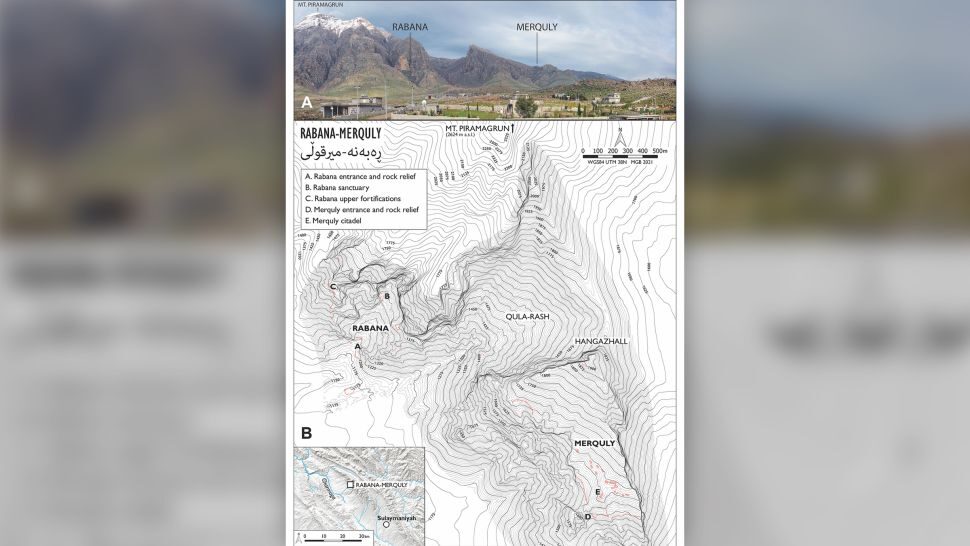
"The more specific association with the city of Natounia comes from the inscription on that city's rare coins found elsewhere, which locate it 'on the Kapros,' which is the modern Lower Zab River," Brown said. For this reason, the city was sometimes called Natounia on the Kapros.
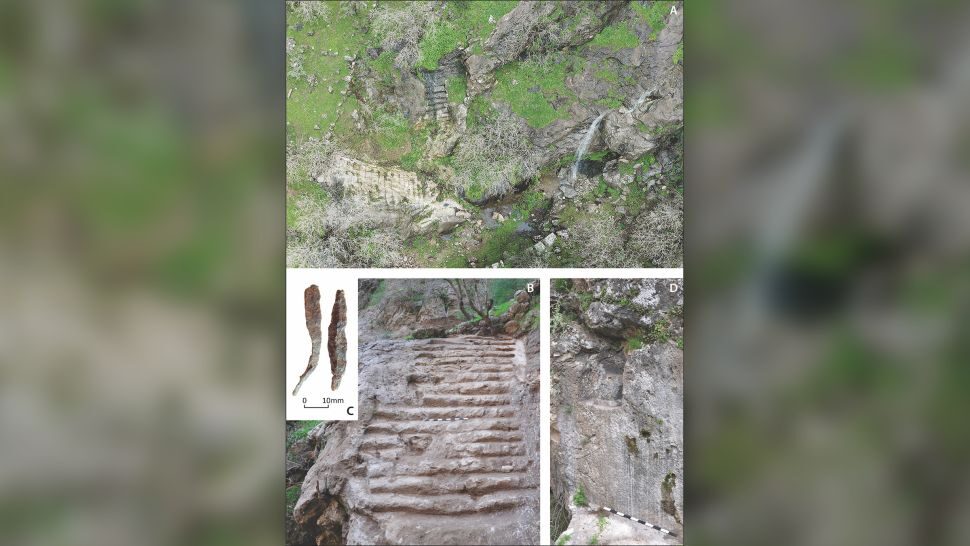
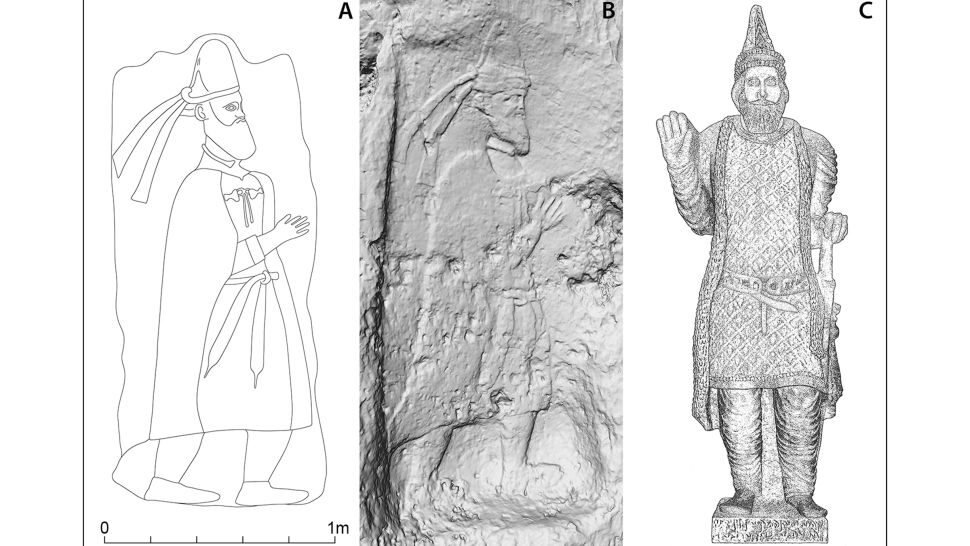
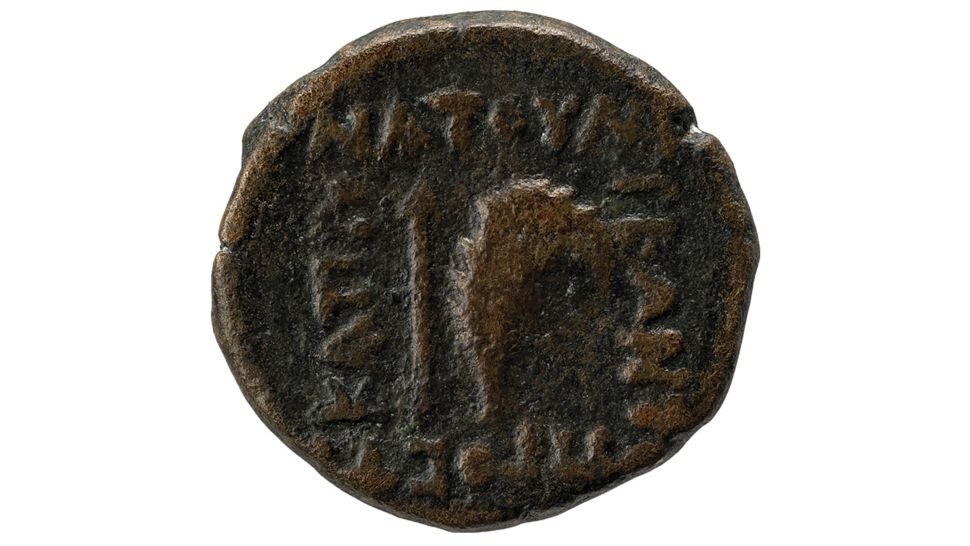
However, it appears that the Parthians abandoned the fortress relatively soon after it was built. "Most of the architecture is single phase (i.e. not much rebuilding) so we think the fortress wasn't used for very long during its main Parthian era occupation. Probably a span of no more than 100 years," Brown said.
While on site, Brown and his team also found a large waterfall in the valley, which he calls a "seasonal phenomena," since it appears only following a heavy rain.
"It could have held religious significance to Rabana's Parthian-era occupants," he said. "A plausible association can be made in this regard with the Iranian water-goddess Anahita. A small rock-cut altar nearby, most probably for fire, supports the religious interpretation."
The findings will be published online Wednesday (July 20) in the journal Antiquity
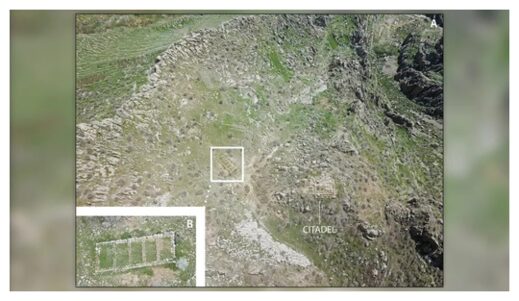



Reader Comments
to our Newsletter